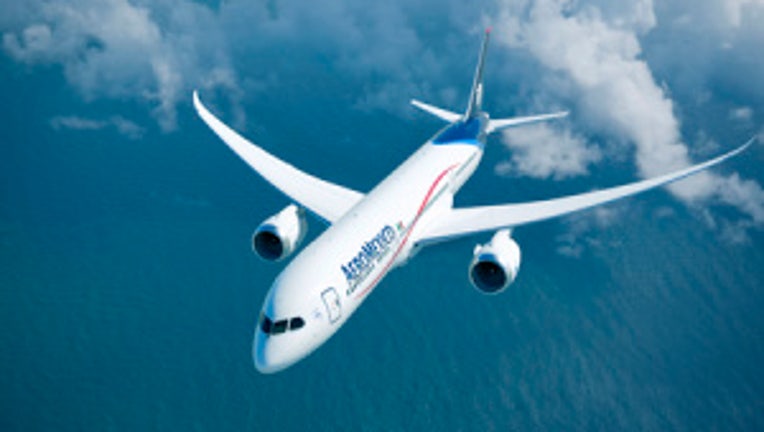NTSB makes headway on determining Dreamliner problem

WASHINGTON -- The National Transportation Safety Board announced Thursday investigators are close to pinpointing the cause of the fire on a Japan Airlines jet a month ago.
According to the NTSB, a single cell inside one of the Dreamliner's two batteries sparked the fire. The fire occurred after a short-circuit within the battery, authorities said, caused voltage to drop from 32 to 28.
Dreamliner's Lithium-ion batteries have eight cells per battery. The fire in the Japan Airlines flight was sparked in cell 6.
Investigators ruled out the fire being caused by an external short-circuit or any damage that occurred in installation. Though the agency hasn't determined the exact cause of the cell's problems, it is narrowing down the options.
Three potential causes may have been responsible for the short-circuit, the Seattle Times reported:
The NTSB will now check to see if tests in the battery manufacturing process and certification are enough to prevent future fires. The Times reported that Boeing previously concluded tests "showed no evidence of cell-to-cell propagation or fire in the battery." But from the NTSB tests, it is clear that battery safety features failed to cope with initial failures, and Boeing may have to look at design, the Times reported.
Boeing welcomed the progress being made by the NTSB, the company said in a statement.
"The findings discussed today demonstrated a narrowing of the focus of the investigation to short circuiting observed in the battery, while providing the public with a better understanding of the nature of the investigation."

